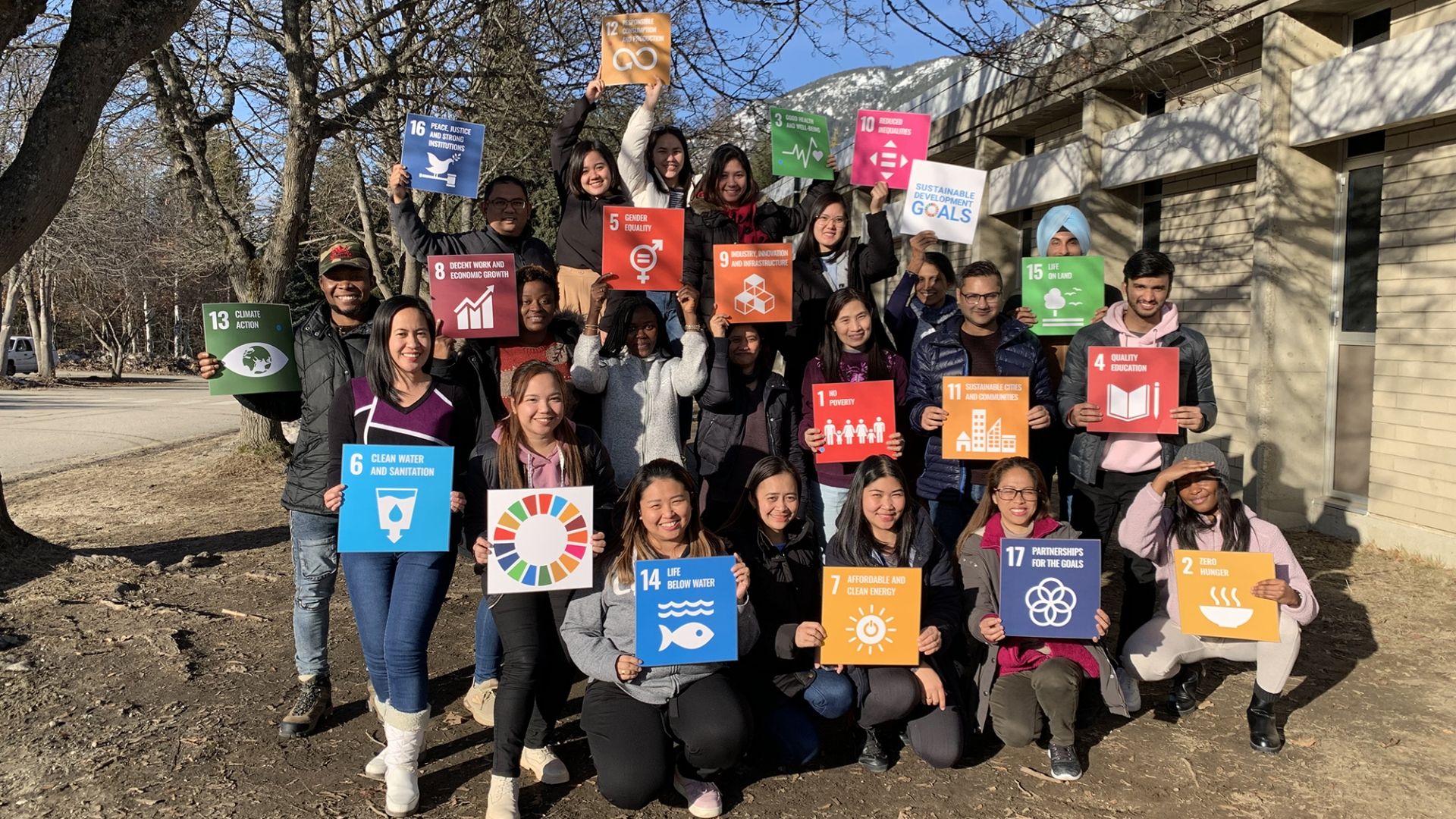
Answering the Global Call to Action
Selkirk College was the first Canadian post-secondary institutions to sign onto the SDG Accord for the world’s colleges and universities. The accord is designed to bring awareness to the SDGs, track progress and allow institutions to commit to working toward the Sustainable Development Goals.
We look forward to collaborating with other institutions on efforts to work toward a more sustainable future.
What are the Sustainable Development Goals (SDGs)?
The Sustainable Development Goals (SDGs) are a global call to action, outlining steps to create a more sustainable and just planet. These 17 goals were adopted by all United Nations (UN) Member States in 2015, as part of the 2030 Agenda for Sustainable Development.
What do the SDGs hope to achieve?
The SDGs aim to alleviate human suffering and halt environmental degradation while supporting economic growth, creating clean and affordable energy and addressing climate change. The SDGs work within five critically important areas: people, planet, prosperity, peace and partnership.
How will the SDGs be met by 2030?
We have entered the Decade of Action. With less than 10 years left to achieve the SDGs, we need to accelerate solutions to our biggest challenges. Cooperation from different sectors, including educational institutions, is crucial if the ambitious SDGs are to be achieved. Selkirk College is responding to the global call to action to work toward the SDGs in order to accomplish the 2030 Agenda for Sustainable Development.
